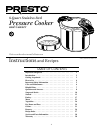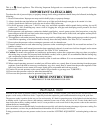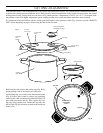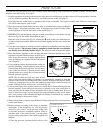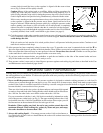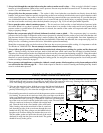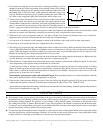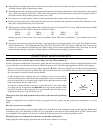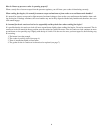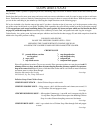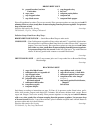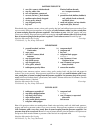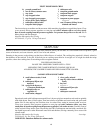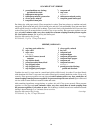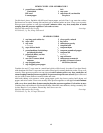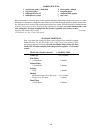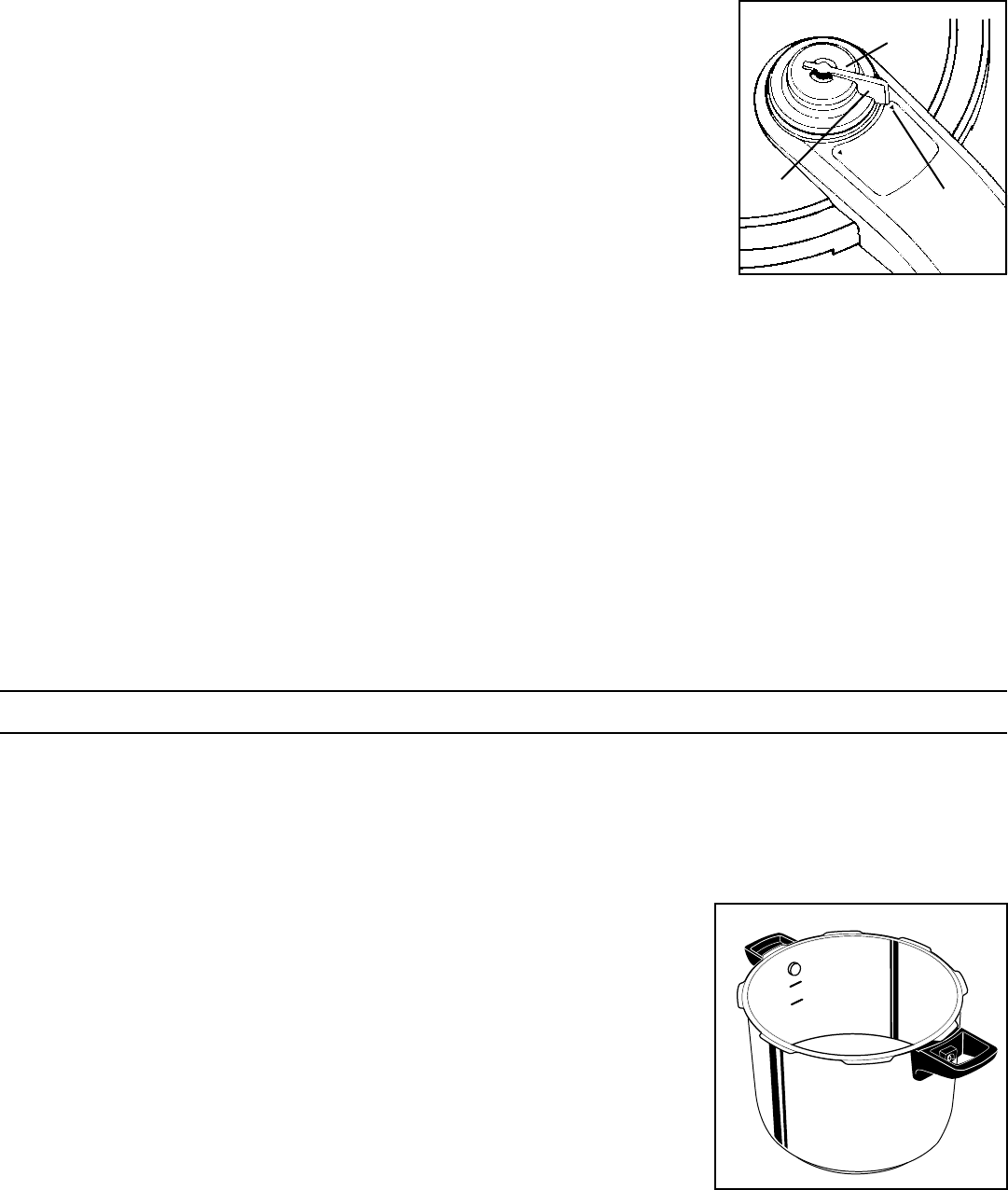
P
R
E
S
S
U
R
E
/
S
T
E
A
M
R
E
L
E
A
S
E
Pressure Regulator/Steam
Release Valve
Lever
Quick Steam
Release Position
Fig. I
Fig. J
2
⁄
3
Fill Line
1
⁄
2
Fill Line
5
counter-clockwise until the lever on the regulator is aligned with the steam release
arrow (Fig. I). Steam will be rapidly released.
Caution: Misuse of the cooker (such as overfilling, failing to follow procedures for
soaking dry beans and peas, failure to use a covered bowl when preparing rice, or
quick cooling when the recipe calls for letting the pressure drop of its own accord) can
result in liquid and/or food particles being simultaneously released with the steam.
If this occurs, turn the pressure regulator/steam release valve clockwise until the lever
on the regulator is aligned with the pressure arrow. Steam, liquid, and food will no
longer be released. Finish reducing pressure quickly by cooling the pressure cooker
under a running water faucet or pour cold water over it until pressure is completely
reduced. Pressure is completely reduced when the air vent/cover lock has dropped.
After removing cover, look through the vent pipe to make sure it is clear. If it is blocked
or partially blocked, clean it with a small brush or pipe cleaner (see page 6).
B) Cool the pressure cooker under a running water faucet or pour cold water over it until pressure is completely reduced. Pres
-
sure is completely reduced when the air vent/cover lock has dropped. Note: Do not set hot cooker in a molded sink as it
could damage the sink.
If the air ven
t/cover lock remains in its raised position, there is still pressure inside the pressure cooker. Continue to cool
until the air vent/cover lock drops.
10. After pressure has been completely reduced, remove the cover. To open the cover, turn it counterclockwise until the
on
the cover aligns with the arrow on either of the body handles. Then, lift the cover toward you to keep any steam away from you.
If the cover turns hard, there still may be some pressure in the unit. Do not force the cover off. Continue to cool the pressure
cooker until the air vent/cover lock has dropped and the cover turns easily.
11. If you have used the steamer basket, use potholders to grab the two handles on the sides of the steamer basket and care
-
fully lift the basket out of the cooker. Food is ready to serve.
12. Your pressure cooker is now ready to clean. Remove pressure regulator and sealing ring and clean as described in the Care
and Maintenance section found on pages 6 and 7.
ImporTanT safeTy InformaTIon
Cooking under pressure enables you to prepare food both quickly and deliciously. If used properly, your pressure cooker is one of
the safest appliances in your kitchen. To ensure safe operation, make sure you always observe the following simple rules whenever
you use the pressure cooker:
1. Never overfill the pressure cooker.
— The pressure regulator is designed to maintain cooking pressures at a safe level. It
relieves excess pressure through the vent pipe as a very, slow steady flow of steam escapes. Many foods tend to expand when
cooked. If the cooker is overfilled, expansion of food may cause the vent pipe to become blocked or clogged. If the vent pipe
becomes blocked, it cannot relieve excess pressure.
There are a few foods such as rice, grains, dry beans and peas, and soups which expand
so much or foam and froth while cooking that the cooker should never be filled above
the
1
⁄2
fill line. For other foods, never fill the cooker above the
2
⁄3
fill line.
For your convenience, both the
2
⁄3
and
1
⁄2
full levels are marked by indentations on the
side of the pressure cooker body (see Fig. J). The upper marking indicates the
2
⁄3
full
level and the lower the
1
⁄2
full level. In addition, in each section of the recipes you will
find instructions on the maximum fill level for each type of food.
Reminder: When cooking any food, do not let any portion extend above the
maximum fill mark. When cooking rice, grains, dry beans and peas, and soups,
the cooker should never be more than
½
full.
2. Always add cooking liquid.
— If an empty pressure cooker is left on a hot burner or
if a cooker boils dry and is left on a heated burner, the cooker will overheat excessively causing possible discoloration and/or
damage to the cooker.



